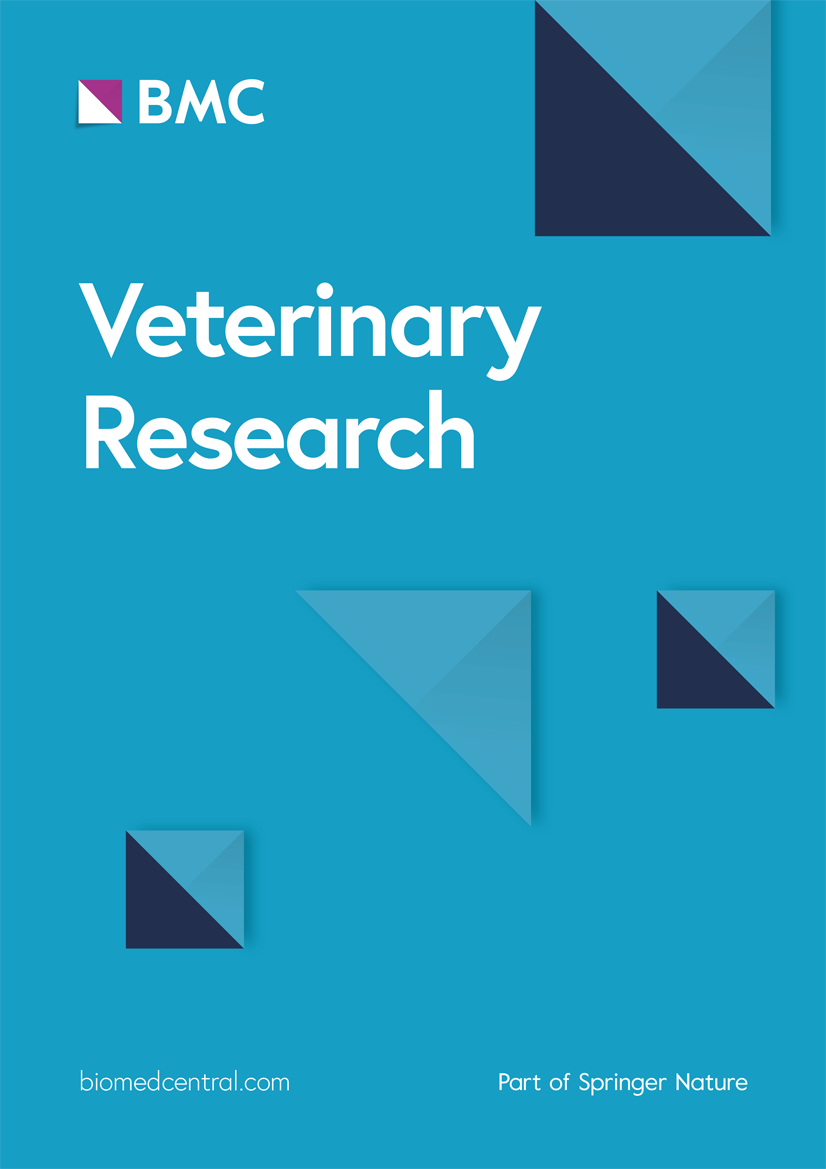Large-scale PMCA screening of retropharyngeal lymph nodes and in white-tailed deer and comparisons with ELISA and IHC: the Texas CWD study
Rebeca Benaventea, Paulina Sotoa, Mitch Lockwoodb, and Rodrigo Moralesa
aDepartment of Neurology, McGovern Medical School, University of Texas Health Science Center at Houston, Texas, USA; bTexas Park and Wildlife Department, Texas, USA
Chronic wasting disease (CWD) is a transmissible spongiform encephalopathy that affects various species of cervids, and both free-ranging and captive animals. Until now, CWD has been detected in 3 continents: North America, Europe, and Asia. CWD prevalence in some states may reach 30% of total animals. In Texas, the first case of CWD was reported in a free-range mule deer in Hudspeth and now it has been detected in additional 14 counties.
Currently, the gold standard techniques used for CWD screening and detection are ELISA and immunohistochemistry (IHC) of obex and retropharyngeal lymph nodes (RPLN). Unfortunately, these methods are known for having a low diagnostic sensitivity. Hence, many CWD-infected animals at pre-symptomatic stages may be misdiagnosed. Two promising in vitro prion amplification techniques, including the real-time quaking-induced conversion (RT-QuIC) and the protein misfolding cyclic amplification (PMCA) have been used to diagnose CWD and other prion diseases in several tissues and bodily fluids. Considering the low cost and speed of RT-QuIC, two recent studies have communicated the potential of this technique to diagnose CWD prions in RPLN samples. Unfortunately, the data presented in these articles suggest that identification of CWD positive samples is comparable to the currently used ELISA and IHC protocols. Similar studies using the PMCA technique have not been reported.
Aims: Compare the CWD diagnostic potential of PMCA with ELISA and IHC in RPLN samples from captive and free-range white-tailed deer.
Material and Methods: In this study we analyzed 1,003 RPLN from both free-ranging and captive white-tailed deer collected in Texas. Samples were interrogated with the PMCA technique for their content of CWD prions. PMCA data was compared with the results obtained through currently approved techniques.
Results: Our results show a 15-fold increase in CWD detection in free-range deer compared with ELISA. Our results unveil the presence of prion infected animals in Texas counties with no previous history of CWD. In the case of captive deer, we detected a 16% more CWD positive animals when compared with IHC. Interestingly, some of these positive samples displayed differences in their electroforetic mobilities, suggesting the presence of different prion strains within the State of Texas.
Conclusions: PMCA sensitivity is significantly higher than the current gold standards techniques IHC and ELISA and would be a good tool for rapid CWD screening.
Funded by: USDA
Grant number: AP20VSSPRS00C143
Rebeca Benaventea, Paulina Sotoa, Mitch Lockwoodb, and Rodrigo Moralesa
aDepartment of Neurology, McGovern Medical School, University of Texas Health Science Center at Houston, Texas, USA; bTexas Park and Wildlife Department, Texas, USA
Chronic wasting disease (CWD) is a transmissible spongiform encephalopathy that affects various species of cervids, and both free-ranging and captive animals. Until now, CWD has been detected in 3 continents: North America, Europe, and Asia. CWD prevalence in some states may reach 30% of total animals. In Texas, the first case of CWD was reported in a free-range mule deer in Hudspeth and now it has been detected in additional 14 counties.
Currently, the gold standard techniques used for CWD screening and detection are ELISA and immunohistochemistry (IHC) of obex and retropharyngeal lymph nodes (RPLN). Unfortunately, these methods are known for having a low diagnostic sensitivity. Hence, many CWD-infected animals at pre-symptomatic stages may be misdiagnosed. Two promising in vitro prion amplification techniques, including the real-time quaking-induced conversion (RT-QuIC) and the protein misfolding cyclic amplification (PMCA) have been used to diagnose CWD and other prion diseases in several tissues and bodily fluids. Considering the low cost and speed of RT-QuIC, two recent studies have communicated the potential of this technique to diagnose CWD prions in RPLN samples. Unfortunately, the data presented in these articles suggest that identification of CWD positive samples is comparable to the currently used ELISA and IHC protocols. Similar studies using the PMCA technique have not been reported.
Aims: Compare the CWD diagnostic potential of PMCA with ELISA and IHC in RPLN samples from captive and free-range white-tailed deer.
Material and Methods: In this study we analyzed 1,003 RPLN from both free-ranging and captive white-tailed deer collected in Texas. Samples were interrogated with the PMCA technique for their content of CWD prions. PMCA data was compared with the results obtained through currently approved techniques.
Results: Our results show a 15-fold increase in CWD detection in free-range deer compared with ELISA. Our results unveil the presence of prion infected animals in Texas counties with no previous history of CWD. In the case of captive deer, we detected a 16% more CWD positive animals when compared with IHC. Interestingly, some of these positive samples displayed differences in their electroforetic mobilities, suggesting the presence of different prion strains within the State of Texas.
Conclusions: PMCA sensitivity is significantly higher than the current gold standards techniques IHC and ELISA and would be a good tool for rapid CWD screening.
Funded by: USDA
Grant number: AP20VSSPRS00C143







Comment